The Greece field trip dates were planned right from the start of the semester. That was the reason efforts were made to evacuate everyone to Greece the week before the planned trip so all of the reservations could be maintained for the field trip.
Our trip started in Thessaloniki. It is the second largest city in Greece. Here are some of the attractions we visited:
The White Tower, standing along the beach promenade, is the symbol of Thessaloniki. Constructed in the 16th century by the Ottomans, it was used as a fortress, a prison, and a university workshop.
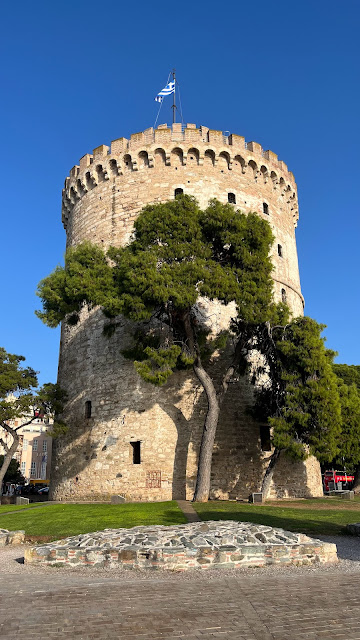
The Arch of Galerius was constructed in 305 AD to celebrate and commemorate the final victory of Roman general Galerius over the Persians. This victory is the main theme of the carved scenes on this arch.

The Rotonda is an impressive circular building in the center of Thessaloniki. It was originally constructed by the Roman general Galerius around 300 AD and in the late 4th century AD, it was turned into a Christian church and was decorated with nice frescoes. When the town was conquered by the Ottomans, Rotonda was turned into a mosque. In the early 19th century, it became a church again and then a sculpture museum.

The church of Agios Dimitrios(Saint Demetrius) is the most famous church in Thessaloniki. This is the patron saint of the town and its celebration on October 26th is a local holiday. This church dates back to the Byzantine Times and it was built on the exact location where Saint Demetrius was martyred.
Monument to Alexander the Great. Alexander III of Macedon, commonly known as Alexander the Great, was a king of the ancient Greek kingdom of Macedon. He succeeded his father Philip II to the throne in 336 BC at the age of 20 and spent most of his ruling years conducting a lengthy military campaign throughout Western Asia and Egypt.

He used a battle formation, demonstrated by Dr. Huntsman, to dominate all of the battles he won.

The next day, we had a day trip north to Kavala to visit the site that Paul's first convert in Europe, Lydia, was baptized. We also visited the ancient remains of the city of Phillipi.
We began our journey back towards Athens at this point with our first stop being Berea. Paul was forced to flee Thessaloniki, due to persecution, and moved to this city next. There is a monument to a church he taught in the city. As a group we all sang "the Spirit of God". There was a school next door, and all the kids were at recess. They immediately all stopped playing and lined the fence facing our group. It was special.
The next day was a long drive to Kalambaka, a small city adjacent to a series of monasteries located on steep rocky mountain tops in an area called Meteora. We toured two monasteries the following day. I've never seen anything like this before. It was amazing.
After a night of traditional Greek singing and dance lessons, we headed for the ancient ruins of the city of Delphi the next morning. Delphi was the home of the oracle. The oracle, who reached the height of her fame between about the 8th and 4th centuries bce, when Apollo's advice or sanction was sought by lawmakers, colonists, and founders of cults.
Following our visit, we headed for our first look at Athens. We checked in to our hotel and immediately walked to a lookout point at sunset. We could look one way and see the Acropolis and turn around and see the sun setting over Athens Harbor and then the appearance of a full moon.
The following morning, we took a day trip to visit Corinth and an ancient Mycenaean civilization site dating back to the bronze age for a group picture. Paul lived in Corinth for 18 months during his missionary journeys.
The next day was our last day of the tour. We climbed the stairs and paths to the top of the Acropolis.
Our last activity was a devotional by Dr. Ellison on Mars Hill, the sight of one of Pual's more famous sermons to the people.
We are most grateful for the opportunity to serve at the Jerusalem Center and experience these life changing events. Even though our service was shortened from what we expected, it was amazing to live and serve in such a special place. We pray for the people we left, especially the staff of the Center and for all of the innocent people whose lives have been drastically changed by the conflict.

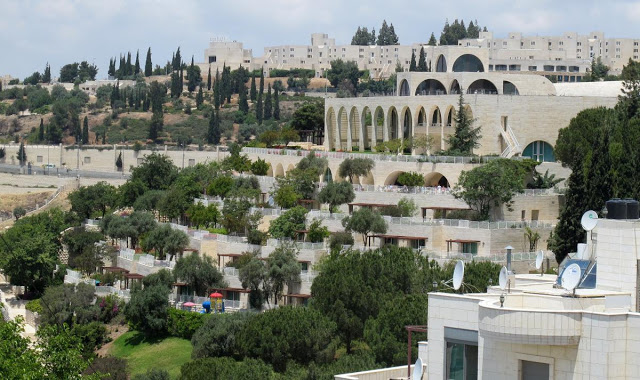
















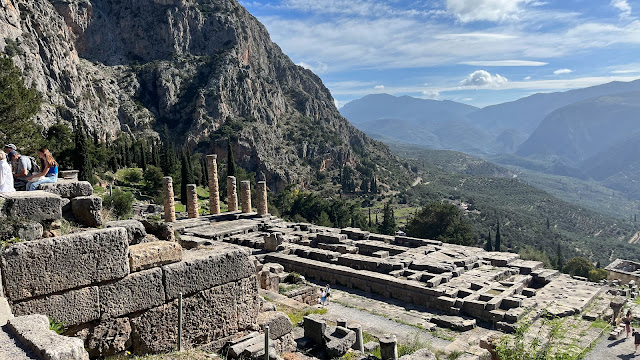










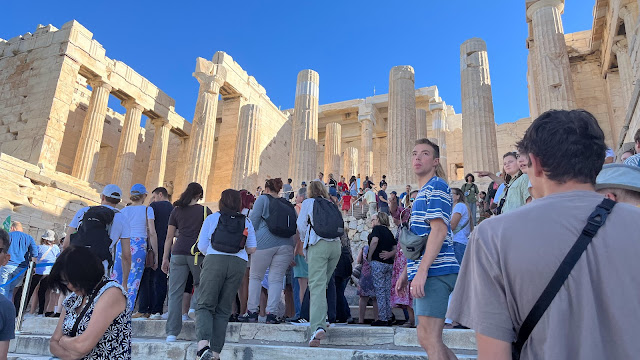
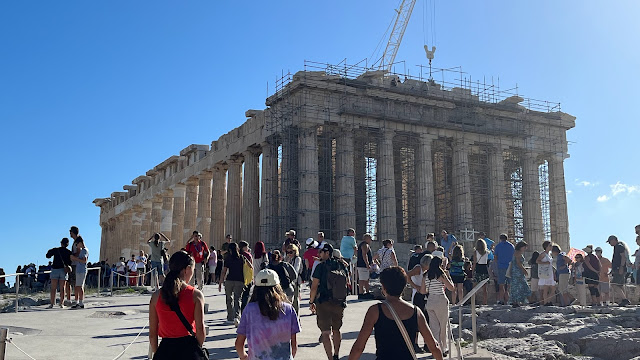


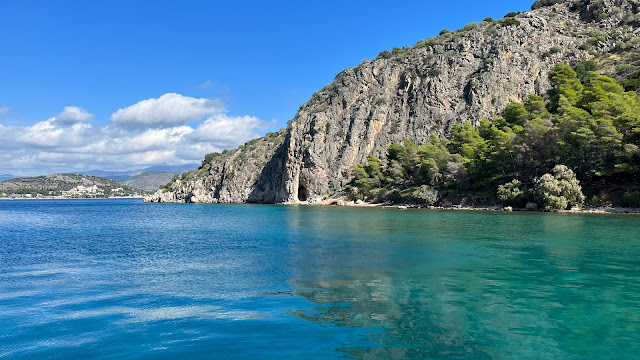

Comments
Post a Comment